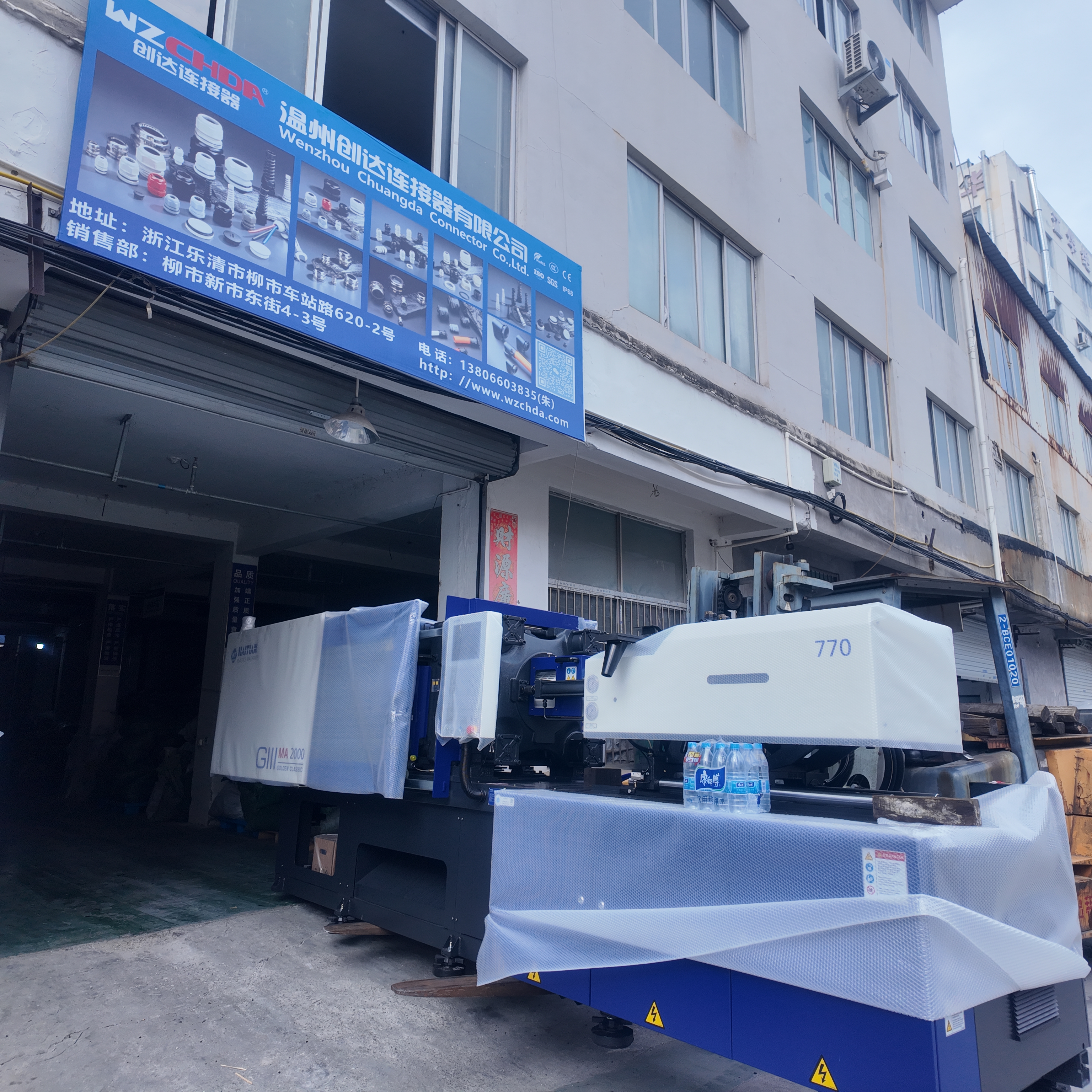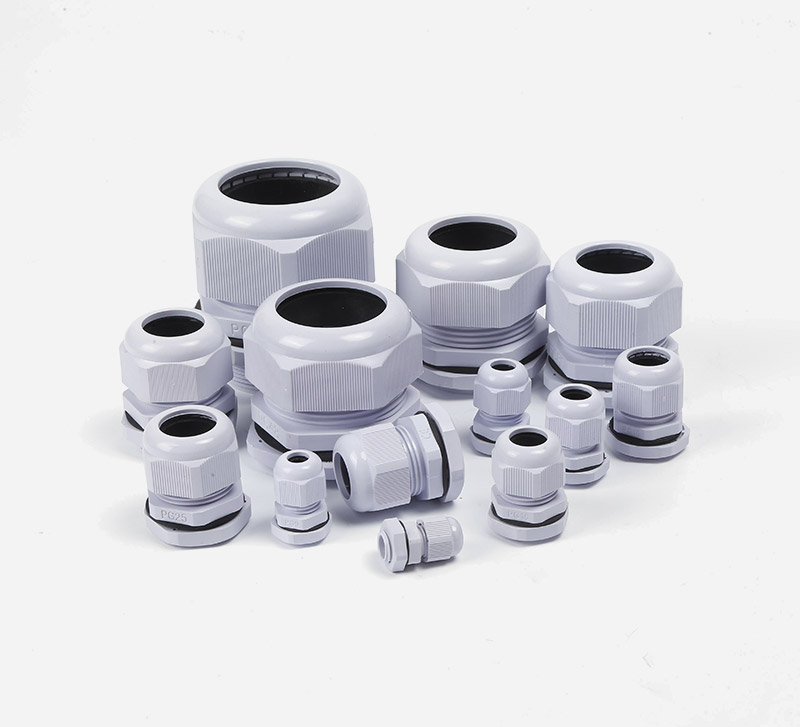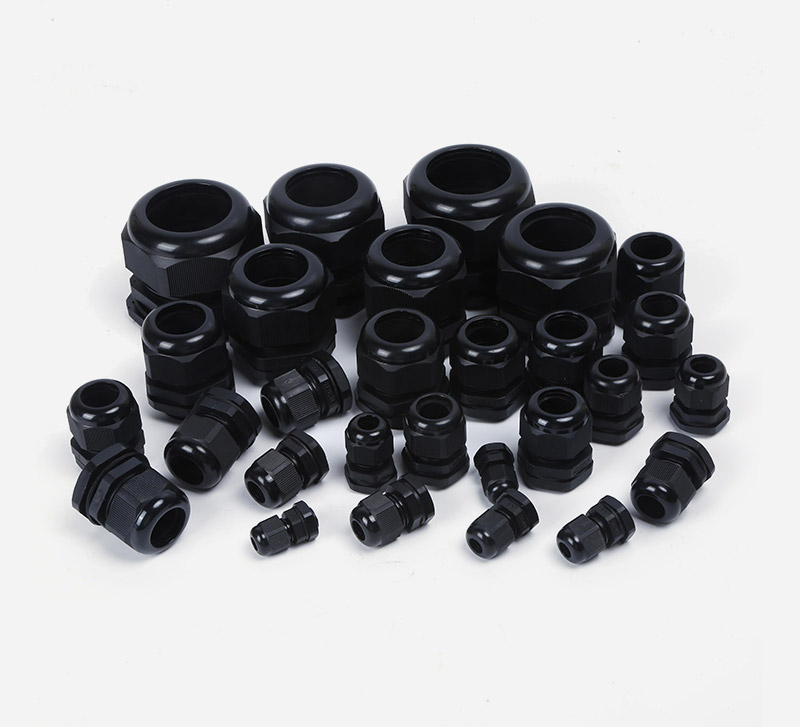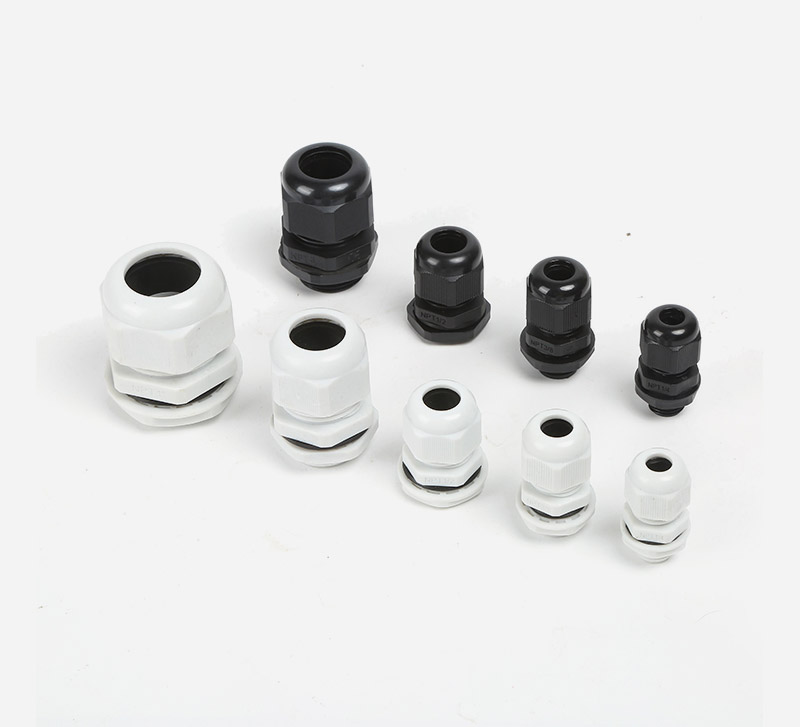5 Key Factors to Consider When Selecting Cable Glands
In industrial, marine, and infrastructure settings, cable glands are the unsung heroes that secure electrical and data cables, shielding connections from moisture, dust, corrosion, and mechanical stress. Choosing the right cable gland isn’t just a matter of fitting a component—it’s about ensuring long-term reliability, safety, and operational efficiency. With a vast array of options on the market, selecting the ideal gland requires careful evaluation of specific needs. Here are the 5 key factors to guide your decision:

1. Environmental Compatibility
The first and foremost consideration is the environment where the cable gland will operate. Different settings demand specialized resistance:
Industrial/Factory Floors: Look for glands with IP66/IP67 ratings to resist dust and water splashes, and materials like nickel-plated brass for durability against oils or chemicals.
Marine/Offshore: Prioritize corrosion-resistant materials (e.g., duplex stainless steel) and IP68/IP69K ratings to withstand saltwater immersion and high-pressure washing.
Extreme Temperatures: For polar or desert applications, select glands engineered to perform in ranges from -40°C to 150°C, using heat-resistant polymers or metal alloys.
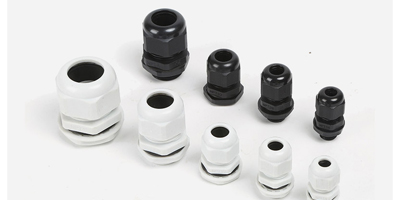
2. Cable Type and Size Compatibility
A cable gland must form a tight seal around the cable without damaging it. Mismatched sizes or designs can lead to leaks, short circuits, or cable wear:
Cable Diameter: Ensure the gland’s clamping range matches the cable’s outer diameter (including insulation). Adjustable glands with multi-layered seals work best for varying sizes.
Cable Construction: Armored cables require glands with robust gripping mechanisms to prevent pull-out, while unarmored or flexible cables need softer, non-abrasive seals.
Material Compatibility: Avoid chemical reactions by pairing cable insulation (e.g., PVC, rubber) with gland materials (e.g., brass, plastic) that are chemically inert to it.
3. Safety and Compliance Certifications
In regulated industries—such as oil & gas, construction, or maritime—compliance with global standards is non-negotiable. Reputable cable glands carry certifications like:
IEC/EN Standards: For general electrical safety and flame resistance (e.g., IEC 61241).
Maritime Certifications: DNV, ABS, or IMO approval for marine and offshore use.
Hazardous Environments: ATEX or IECEx certification for explosive atmospheres (e.g., refineries, mines).
4. Installation and Maintenance Requirements
Ease of installation and long-term maintainability save time and reduce downtime:
Installation Access: Choose compact glands for tight spaces, or flange-mounted designs for secure, tool-free installation.
Reusability: Glands with detachable components (e.g., replaceable seals) are easier to maintain or reconfigure during upgrades.
Sealing Mechanism: Compression glands offer reliable, one-time seals, while twist-lock or bayonet designs allow quick disassembly for inspections.
5. Cost vs. Long-Term Performance
While upfront cost matters, prioritizing quality avoids costly replacements or failures:
Total Cost of Ownership: A cheaper gland may fail prematurely in harsh environments, leading to downtime and repairs. Invest in durable materials (e.g., 316 stainless steel) for high-stress applications.
Warranty and Support: Opt for suppliers offering warranties and technical support—critical for troubleshooting in complex systems.
Conclusion
Selecting the right cable gland is a balance of environment, compatibility, safety, and practicality. By focusing on these 5 factors, you’ll ensure your choice not only fits the application but also enhances the reliability and longevity of your entire electrical system. In a world where connectivity is critical, the right cable gland isn’t just a component—it’s a foundation for success.


